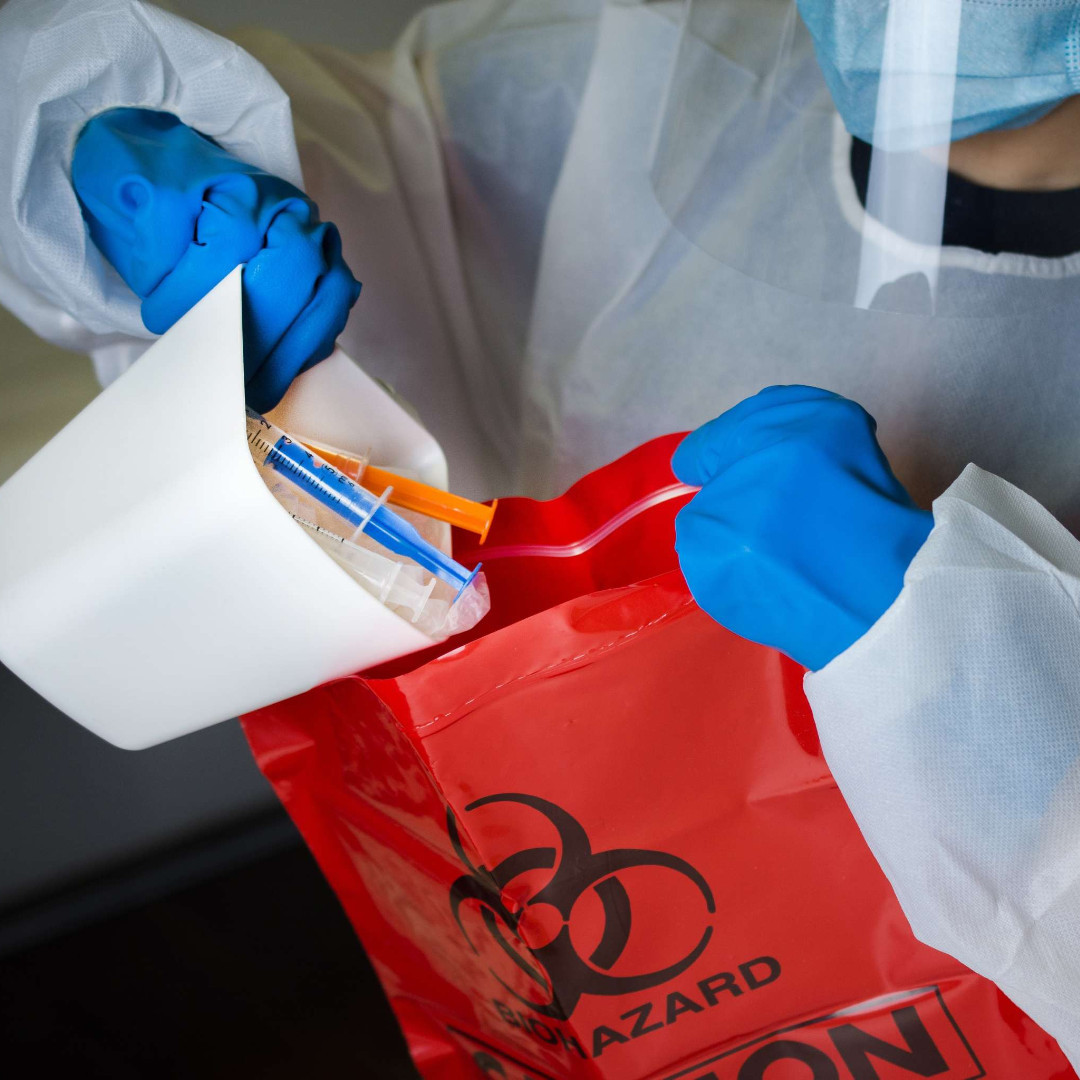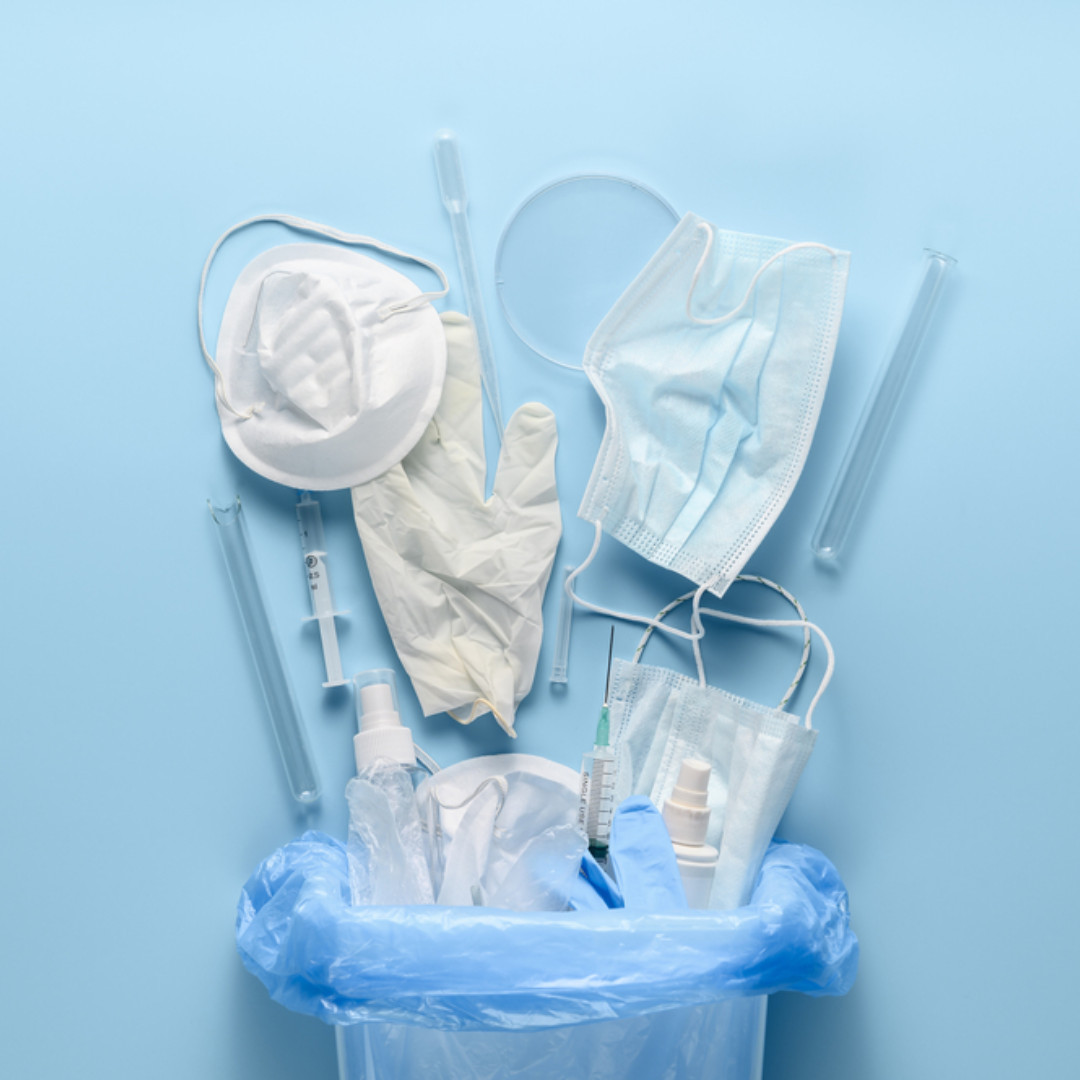Fall is here, and as many had feared and predicted, COVID-19 cases are on the rise again in many parts of the U.S. Just last week, 3,400 nurses at Brigham and Women’s Hospital in Boston, an area that’s been hit hard by the pandemic, urged executives to give them a safer environment with universal N95 masking, shuttle safety, communication about infections and effective quarantines.
The message was simple: To adequately care for coronavirus patients, care teams need to be able to care for themselves. That’s a tall order, given that nurses and caregivers on the front lines are more at risk of infection than the socially distanced populace. But the concern over healthcare worker safety is well-founded, and administrative teams need to ensure that equipment and processes are in place that can reduce the risk of transmission.
Enter “The Person Behind the Mask,” a campaign launched by patient safety company RLDatix. It was created to increase awareness about the importance of keeping frontline workers safe, and a key component of that effort is ensuring that caregivers remain physically and emotionally healthy in order to deliver better and safer care.
“When harm events happen in hospitals, it’s devastating for patients and families, but also for the care team,” said Dr. Tim McDonald, RLDatix’s chief patient safety and risk officer. “They feel terrible when harm events happen. Traditionally the response had been the wall of silence — don’t talk to patients and families openly, and often don’t talk to each other. It was a sign of weakness to ask for help. We needed to shatter the wall of silence.”
It’s a pressing mission for a number of reasons, not least of which is morale. Physician and nurse suicide has spiked in the past decade. McDonald works with the suicide prevention team at University of California San Diego and was distressed to learn that an emergency department physician recently committed suicide due to pandemic-related stress.
Even taking suicide out of the equation, there’s been a massive increase in burnout. Doctors and nurses are leaving the profession because of the impact, and that extends beyond their own lives to those of their families. Divorce rates are high among care teams, and also among patients and families who have lost loved ones to the coronavirus — implying some pretty troublesome collateral damage.
Yet with care teams asking for a safer work environment, it’s constructive to ask: What does “safer” mean, exactly?
A BETTER ENVIRONMENT
Broadly speaking, better safety encompasses both the physical and the psychological. Hospitals and health systems have tended to fare better on the physical side, which entails procuring the requisite personal protective equipment and getting it to the right people at the right time. Sanitation protocols also make an environment feel more physically safe.
Psychological safety, said McDonald, can be fostered when health leaders are transparent and report when things aren’t going the way they should be. Event reporting systems can capture unexpected events so teams can learn from them in the future, which created a psychologically safe environment for people to report and act upon the data, thereby buttressing the overall work environment.
“I’m encountering devastating things I’ve never seen before,” said McDonald. “Organizations can put in place ‘caring for the caregiver’ programs to provide support on a proactive basis. It’s analogous to what aviation does. Whenever there’s a mishap in aviation, there’s immediate outreach to the people involved in that. We need to be doing more of that in healthcare.”
Data is a big component of that approach, as it allows leaders to educate care teams about things like infection management and patient safety. Many electronic health records systems are able to analyze infection surveillance data, for example, to see whether there are pockets of infections the organization should know about, allowing the provider to take action.
It can also pick up on medication errors, which are the most common errors that occur in healthcare. EHRs and other software can analyze and collate events to look for patterns, allowing teams to take preventive action. An example of this is preventing central line and catheter infections, which are linked to ventilator-associated pneumonias.
“It changes the way we deliver care,” said McDonald. “We need to do more to identify safety scientists to help design cate that prevents events in a more rapid way.”
THE OPPORTUNITY
Executives have a challenge, but also an opportunity, to improve safety in a manner that lasts well beyond the end of the pandemic. One way is to examine the ways care has changed during the public health crisis and implement those changes permanently across all areas of care.
Change in process, said McDonald, is one of the great lessons learned during the pandemic and one of the things health leaders can begin working on immediately.
“Empathy and compassion go along with candor,” he said. “It mitigates implicit bias. One of the things we’re seeing is these issues around implicit bias and racism. We know empathy and compassion can mitigate it. That means we need to use the data that identifies things around race, ethnicity, pronoun preference, issues around LGBTQ. That’s one of the things that has reared its ugly head during this pandemic.”
McDonald sees more and more providers adopting these kinds of approaches, and in fact, it’s a mindset that’s increasingly taught at the student level, meaning those just entering the healthcare workforce will have expectations of having their health and mental well-being protected and respected. It’s a mindset that in some ways defines the future of healthcare — and the future is now.
“We’re starting to get traction,” said McDonald. “We can’t afford not to do this.”











